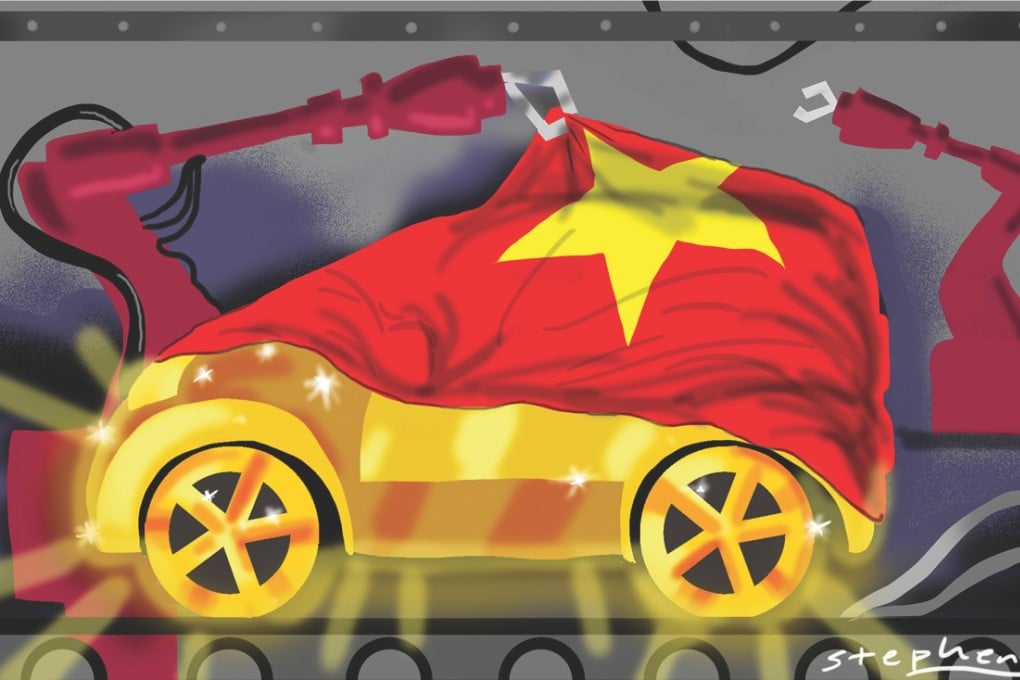Restructuring will set stage for new golden age of China's auto industry
Edward Tse and Bill Russo say the days of rapacious growth may be over for China's auto industry, but it will still set the pace with its sheer market size and mobile technology

After a decade of breathtaking growth, China surpassed the United States as the world's largest automotive market in 2009. Since then, in spite of a recovery in US sales, China has widened the gap, with sales of 23.5 million vehicles compared with 17 million in the US.
However, the 7 per cent growth of last year was about half that achieved in 2013. In fact, China has witnessed single-digit growth in three of the past four years, prompting many market followers to label this the "new normal". Some say the best times for China's automotive industry are now in the past.
Indeed, there are many reasons to worry. In addition to the overall slowdown of China's economy, a growing number of cities are implementing curbs on car sales, seeking to address concerns about congestion and emissions. Last month, Shenzhen joined a growing list of cities, including Beijing, Tianjin , Shanghai, Guangzhou, Hangzhou and Guiyang , in an effort to cut the growth of the car population by limiting purchases.
Meanwhile, the rising inventory of unsold vehicles has prompted the China Automobile Dealers Association to openly challenge global brand-name manufacturers, including BMW and Toyota, to increase incentives to their dealers and lower sales targets for 2015. While there is certainly cause for concern in the near term, we believe China's auto market is moving into a new phase, one that still offers the most profitable growth opportunities in the world for both local and global carmakers. Indeed, China's auto industry is on the cusp of major change that will fundamentally reshape things, bringing both opportunities and challenges.
The age of inefficient, asset-driven growth is over. Overall, there is a capacity bubble after some manufacturers over-estimated growth prospects. The problem is worst at the middle and lower end of the market. An already hyper-competitive environment will become more cutthroat as manufacturers try to undercut competitors' prices to sell excess stock.
Restructuring China's auto industry is essential to ensure its stable and healthy development. Government policies were implemented over 30 years ago to allow China to acquire the capabilities and capital from foreign sources to build up its domestic industry. While this has helped spur overall growth, it has not yielded a strong base of domestic carmakers. Consolidation and the elimination of weaker brands is inevitable.
China's automotive industry will continue to expand, but at a more sustainable rate, with a steady stream of first-time purchasers from lower-tier cities joining the repeat buyers and those upgrading in the more established regions.
